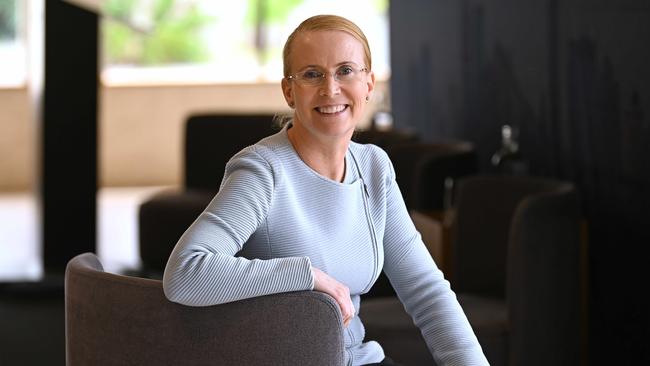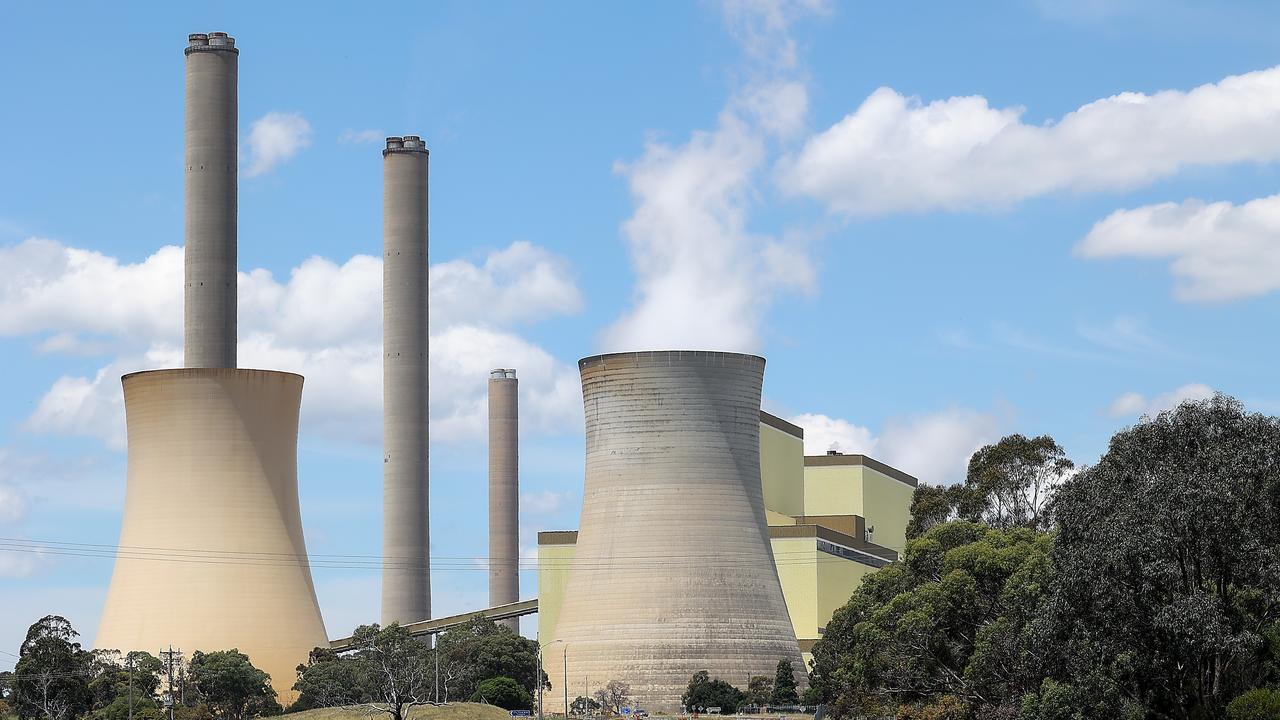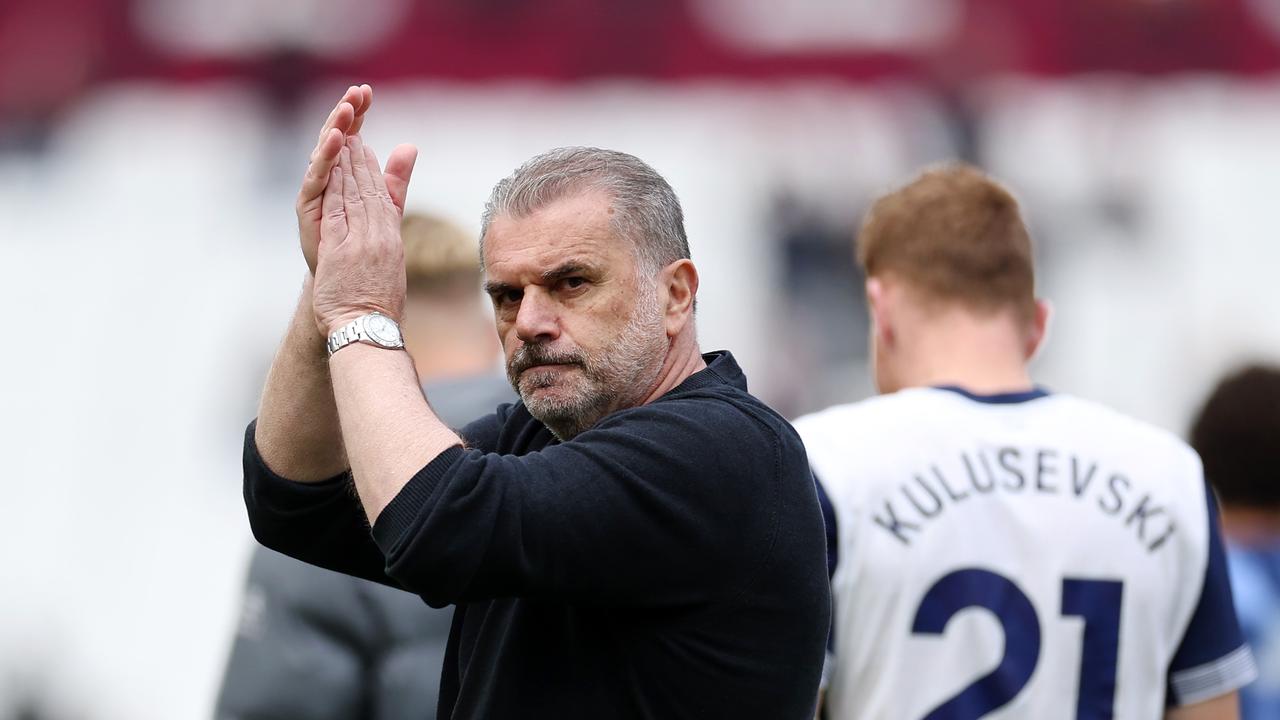Electric vehicles ‘to help power households’
Australians will be pumping power back into the grid from their EV and household batteries in the next few years, creating new challenges for the energy sector, says Tritium boss Jane Hunter.

Queensland’s ambitious scheme to build two new pumped hydro “batteries” as a transition energy source could end up being brought online in an era with materially different energy needs, according to a leading energy executive.
On Wednesday, the Queensland state government announced that The Pioneer-Burdekin project near Mackay would be the largest pumped hydro project in the world, at 5 gigawatts and an estimated cost of $12bn, with a completion date of 2035. The project is designed to shore up power into Queensland’s grid as the state winds down its coal generation.
Speaking at The Australian’s Strategic Business Forum in Brisbane, Jane Hunter, chief executive of Tritium, a manufacturer of electric-vehicle chargers, said the rapid take-up of EVs could mitigate the need for additional large-scale projects in the future.
In time, not only could households themselves be self-sufficient, but they would be able to pump power back into the grid from their EV and household batteries. Research to date does not support Australia being powered by electric vehicles, but future models need to account for vehicle-to-grid (V2G) storage capacity, which is likely to soak up excess renewable energy and provide it back to the grid when demand peaks.

“Pretty soon the demand for residential power is going to drop enormously for anyone who wants to invest in rooftop solar, an EV, and bi-directional charger, and a significantly sized-home battery. And that’s two to three years away assuming supportive government policy frameworks. After 2025, all new EVs should be capable of bi-directional charging,” Ms Hunter said. “EVs can be a critical piece of the electricity sector, not just a means of getting from A to B.”
V2G technology is expected to provide valuable support to the grid, enabling energy delivery at times of peak demand, and the integration of higher levels of renewable electricity.
“You’re going to get to a point where you’ve got storage occurring in batteries and in your car, and you’ve hopefully got micro grids where you’re actually selling power back to the grid,” Ms Hunter said. “And so do you need something (pumped hydro) in 10 years time?” V2G technology allows electric vehicles to send power back into the grid, and as the majority of electric vehicles currently in the Australian market have a range of about 400km, while only driving less than 50km a day, they can effectively act as distributed power sources directly from households. Currently, most power networks don’t support the technology.
Ms Hunter applauded the Queensland government’s plan to upgrade the electricity network, saying it would help solve the issue of bi-directional power flows, which would also allow for households to band together as microgrids and supply sufficient energy back into the system to provide grid stability.
Tritium is a Nasdaq-listed, Brisbane-based company that supplies 20 per cent of fast chargers to the US market and more than 75 per cent of chargers to the Australian and New Zealand markets, and Ms Hunter in February met with Joe Biden to announce the construction of a major EV charger manufacturing plant in Tennessee.
Ms Hunter said an effective use of government money would be to incentivise consumers to take up EVs and household batteries, citing the Biden administration’s $571bn climate change investment plan as part of the Inflation Reduction Act, that would turbocharge the market.
“You’re going to have to make them (Australian EVs) cheaper. There’s no way enough families could afford cars the way they are,” Ms Hunter said.



To join the conversation, please log in. Don't have an account? Register
Join the conversation, you are commenting as Logout